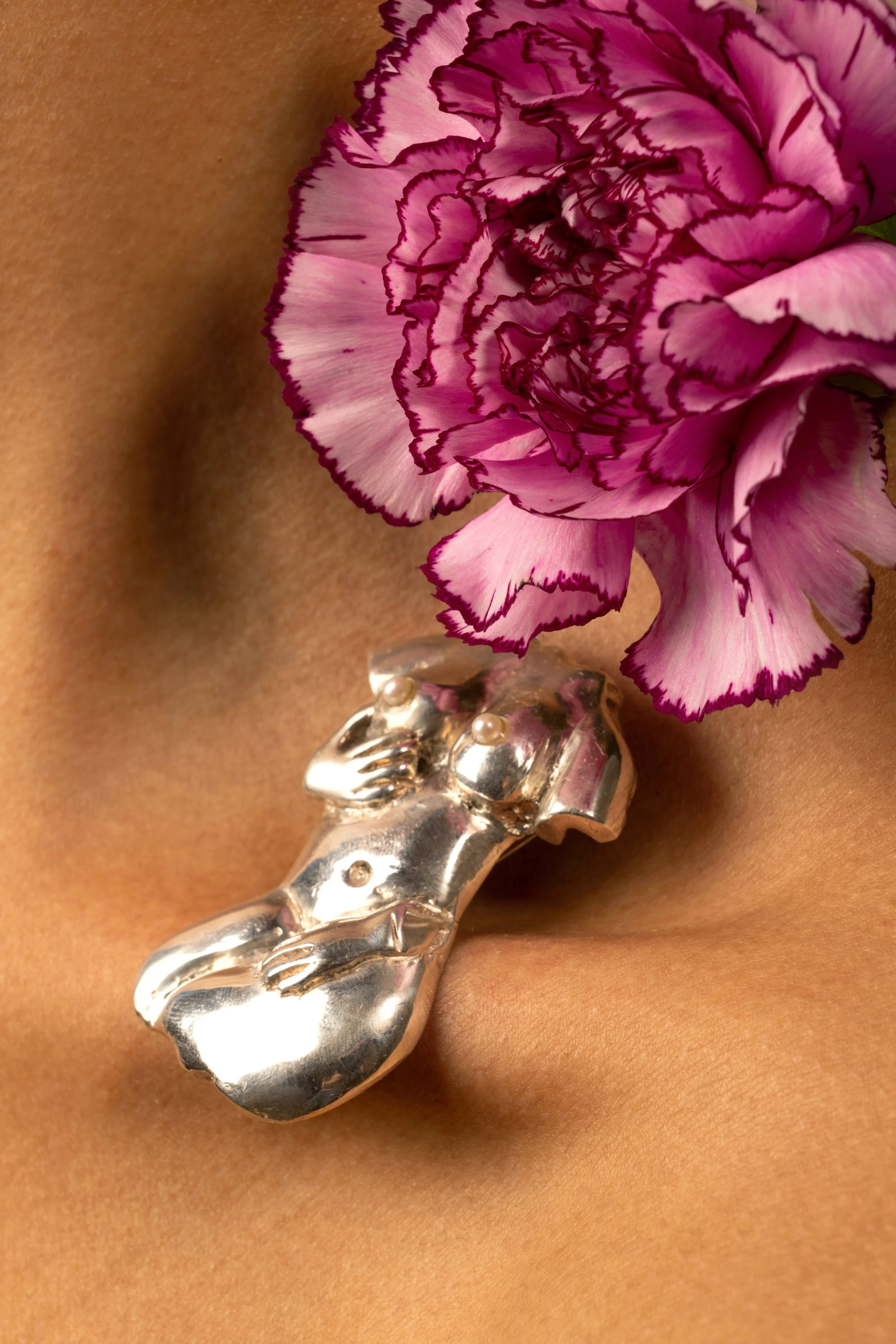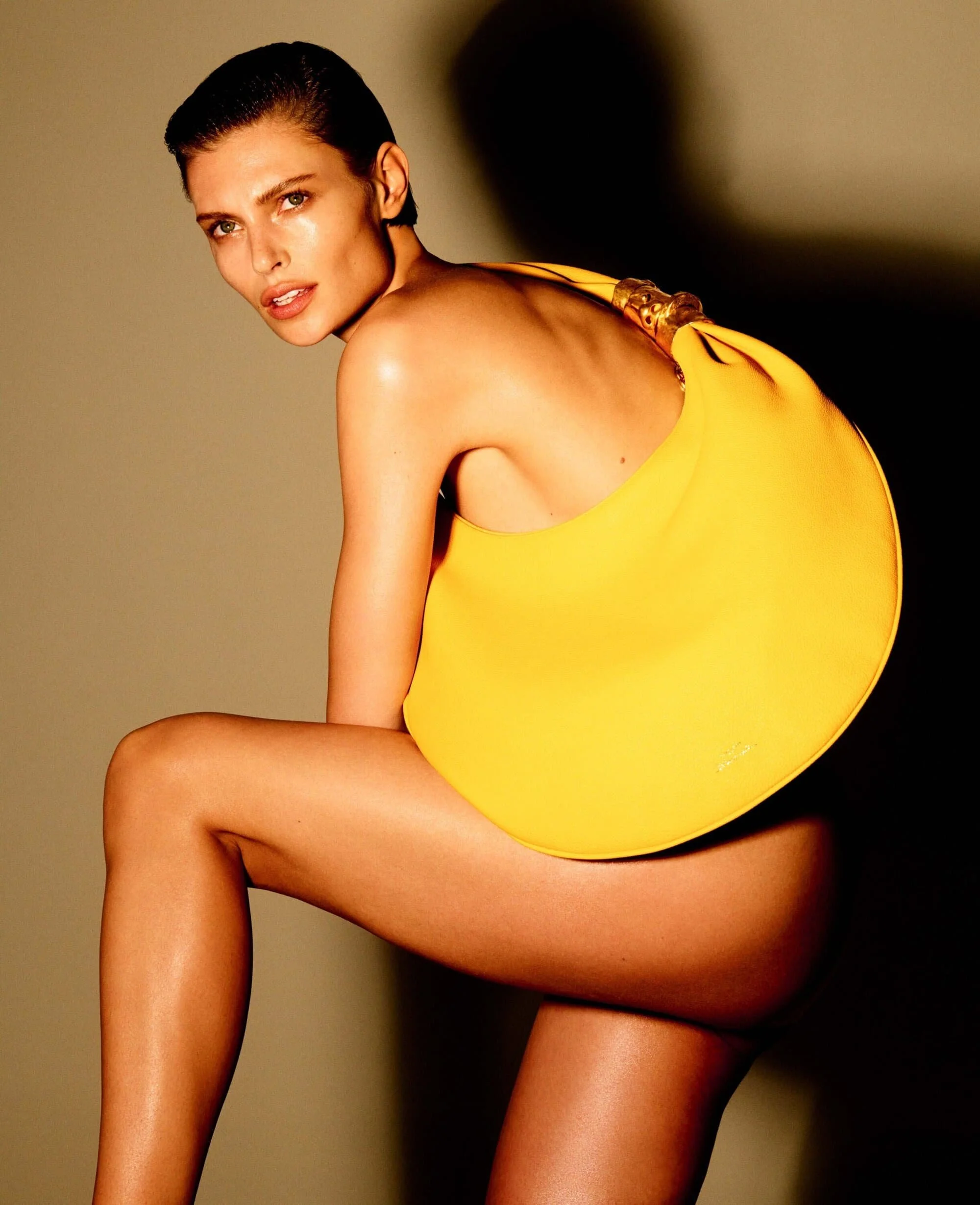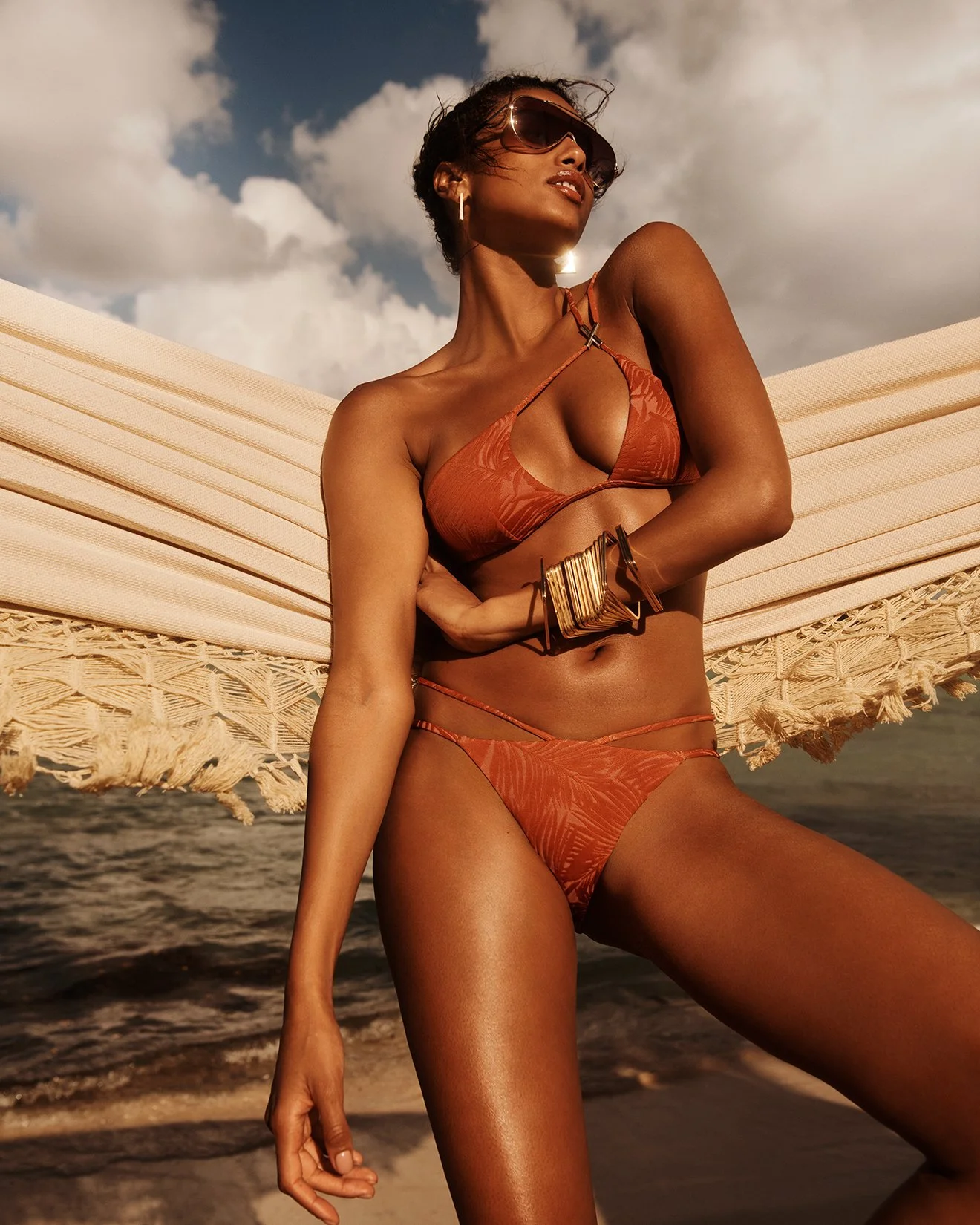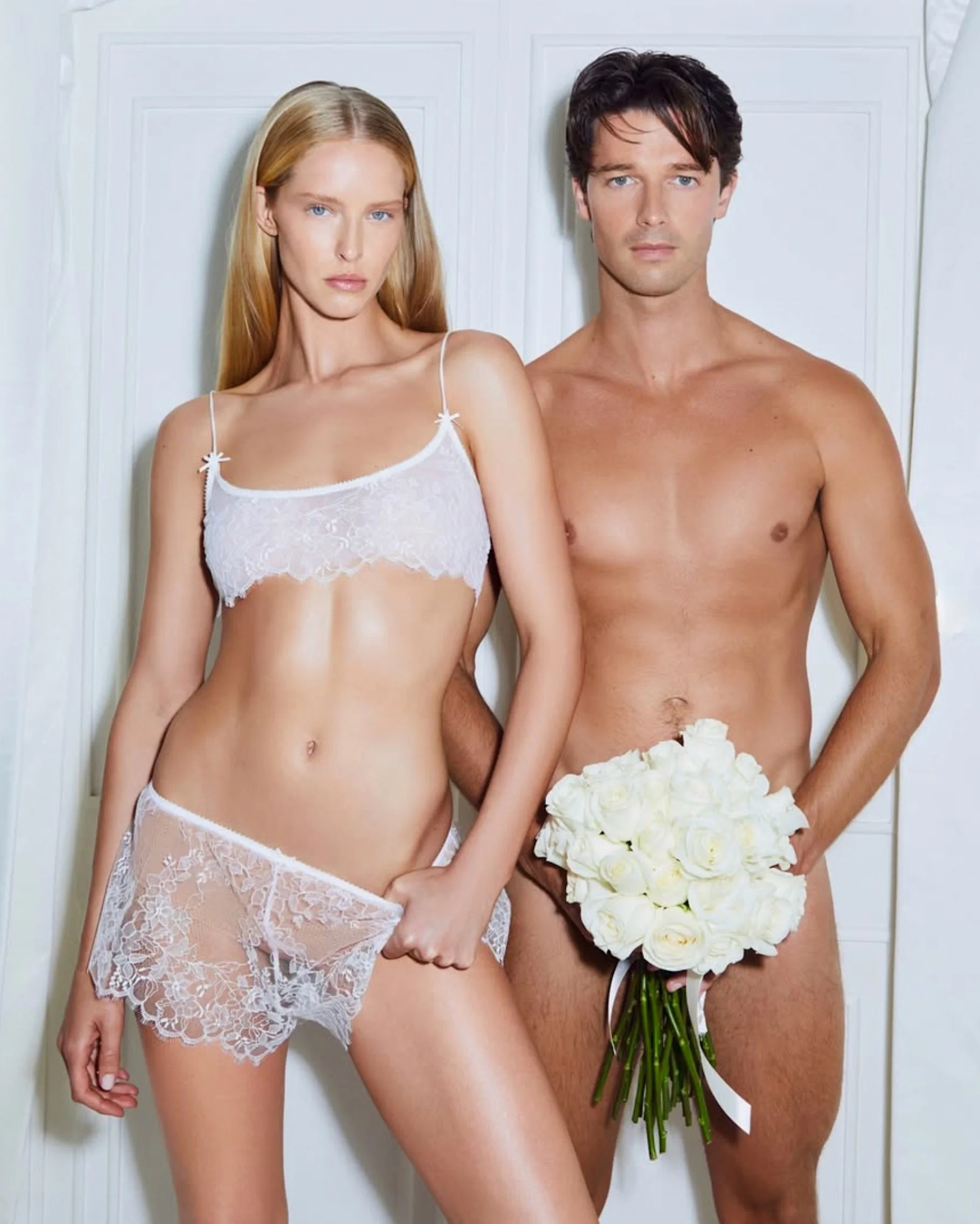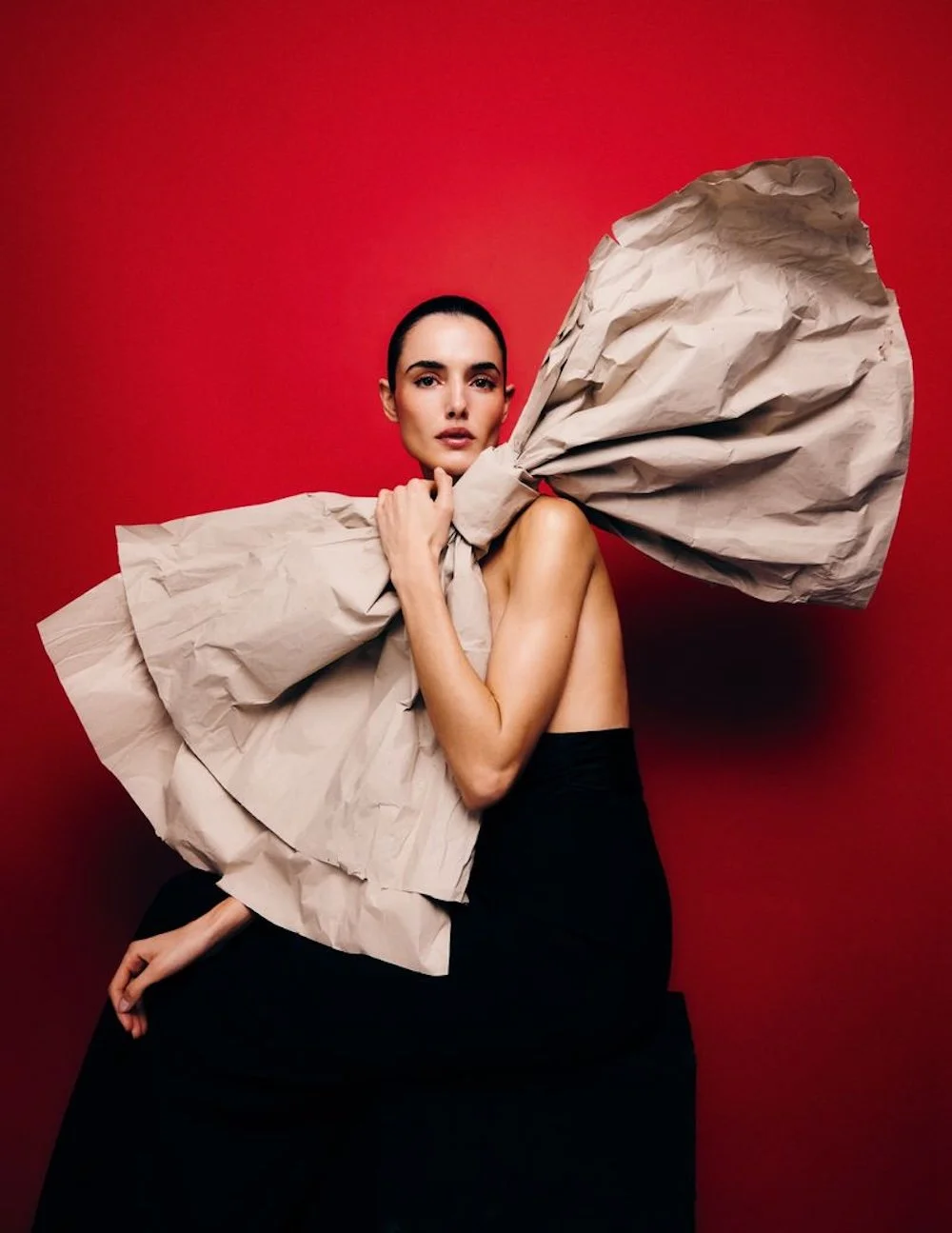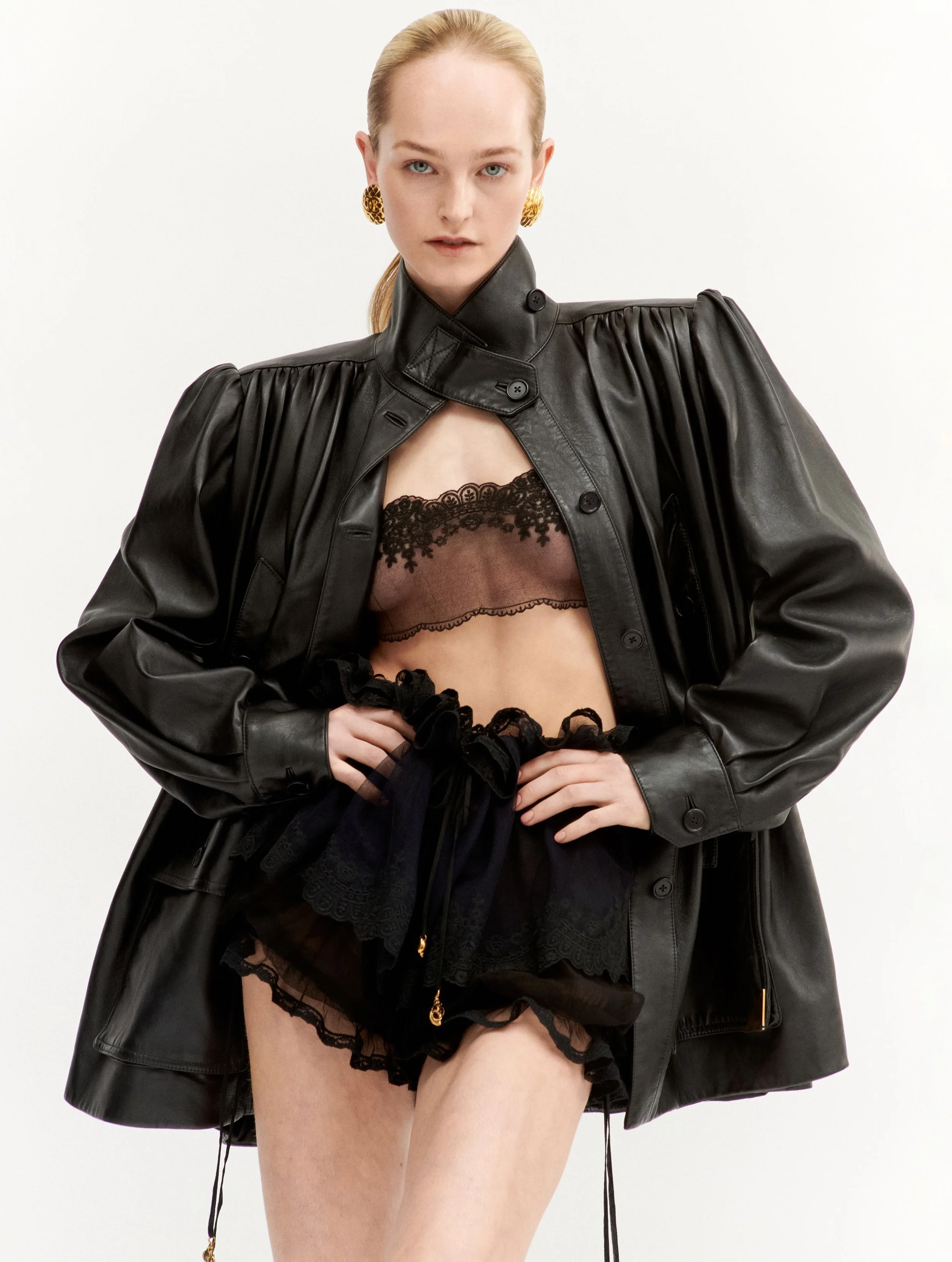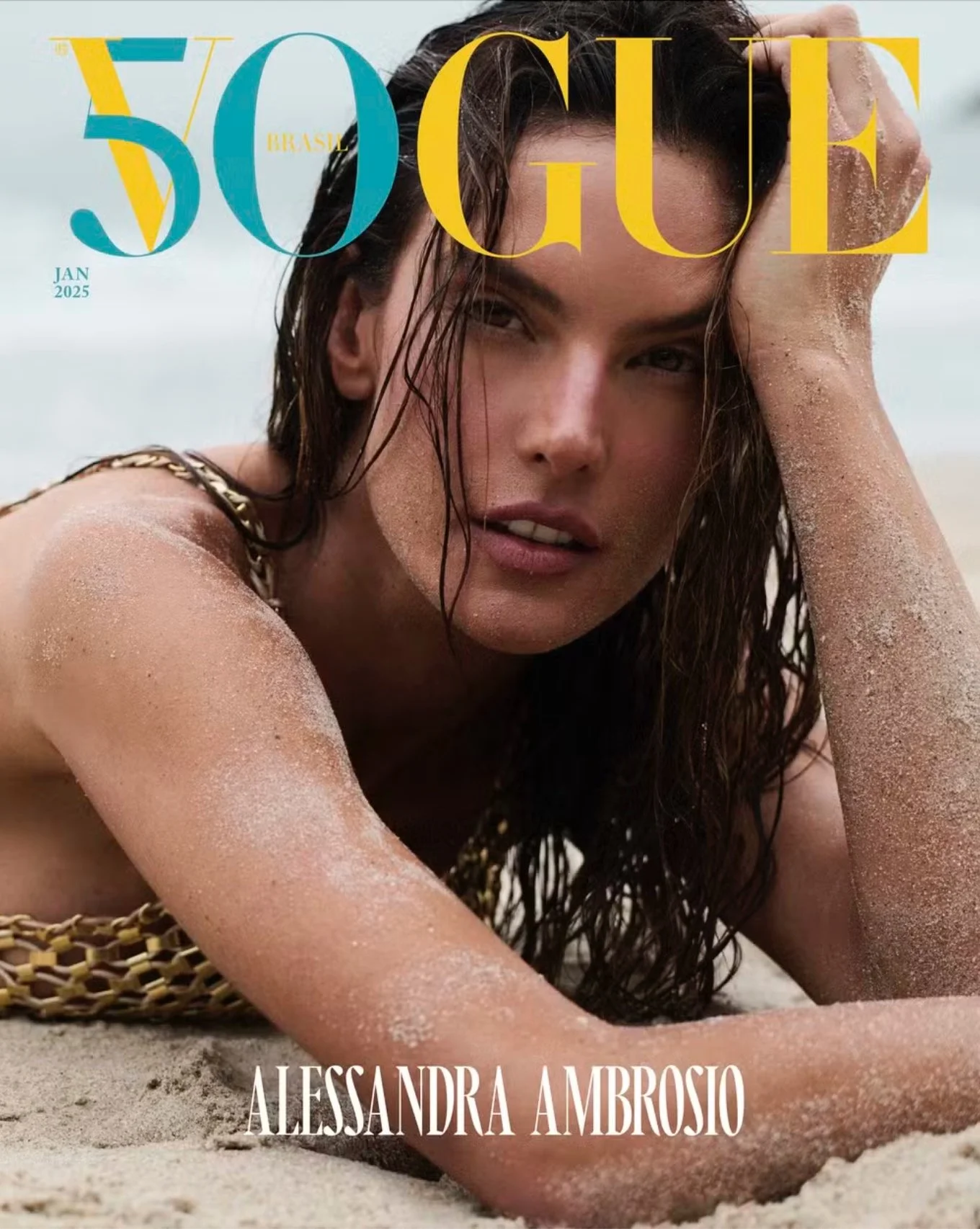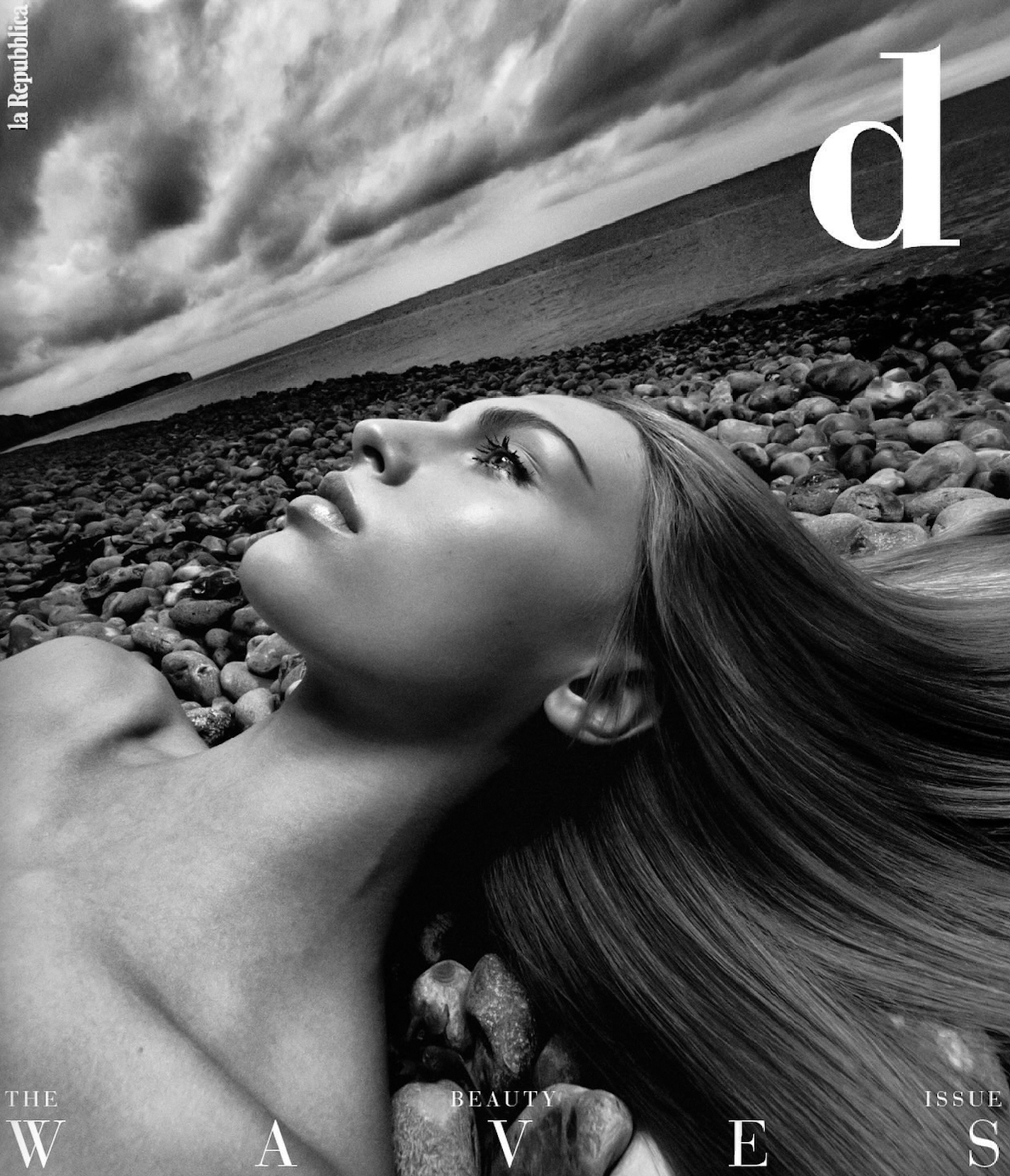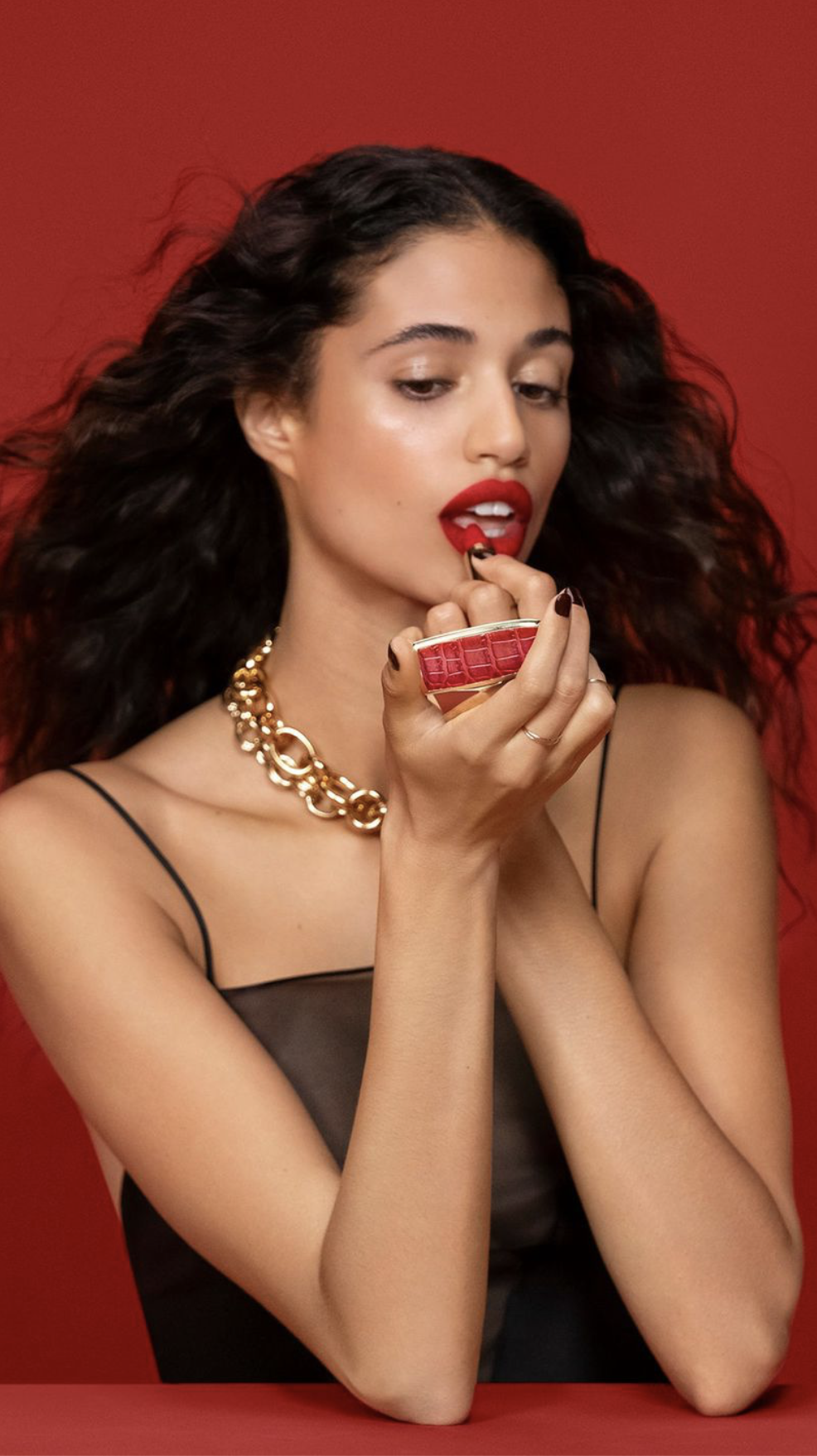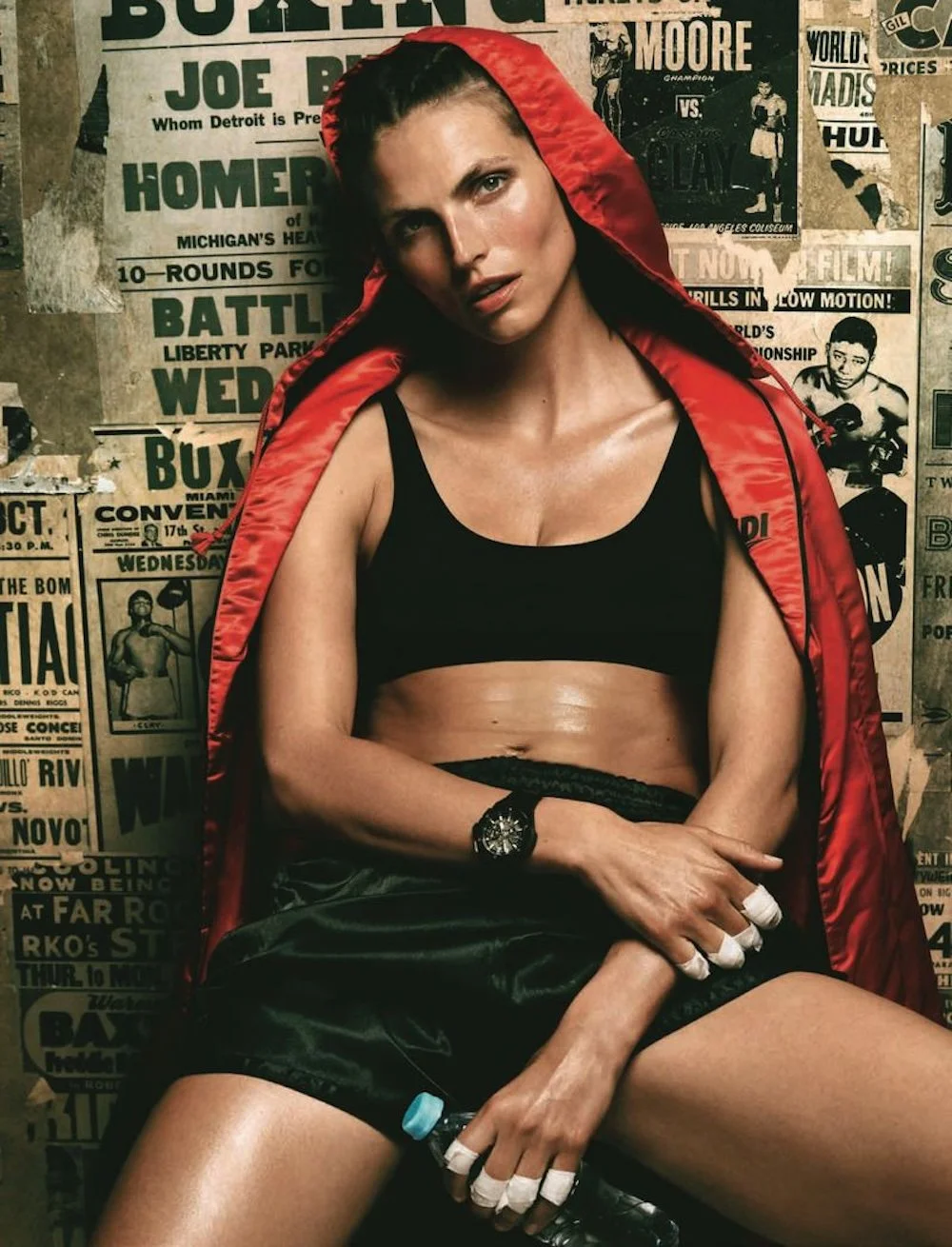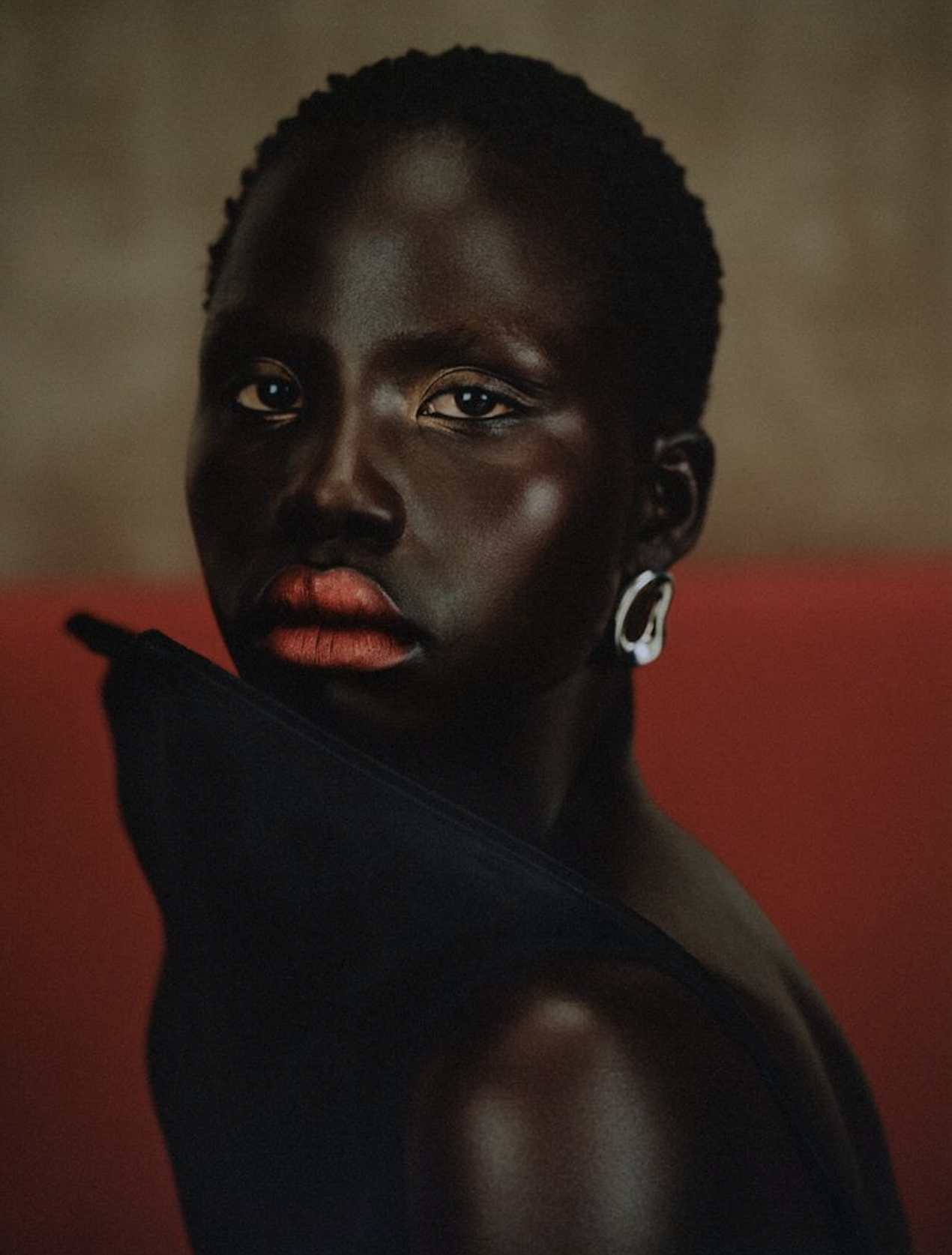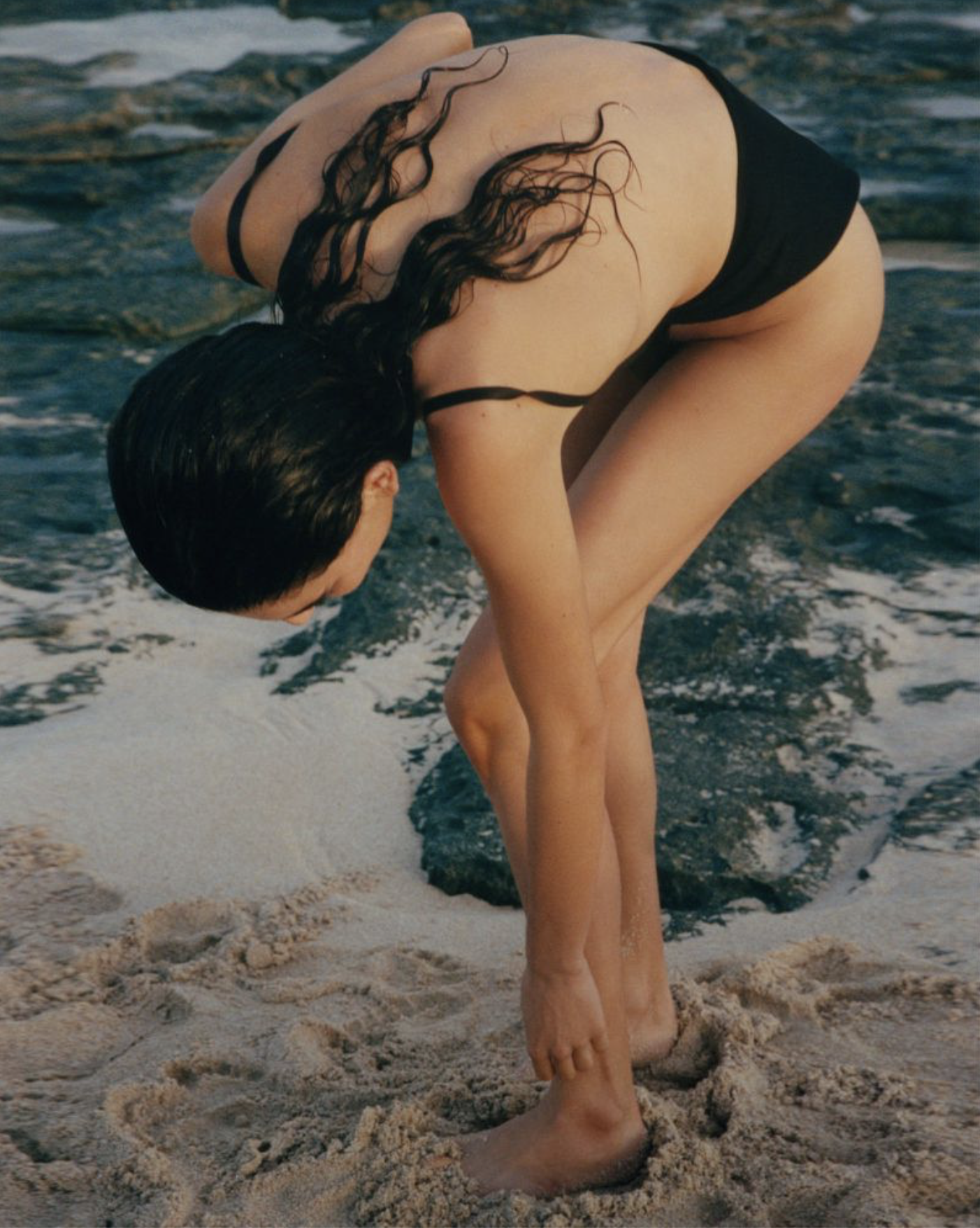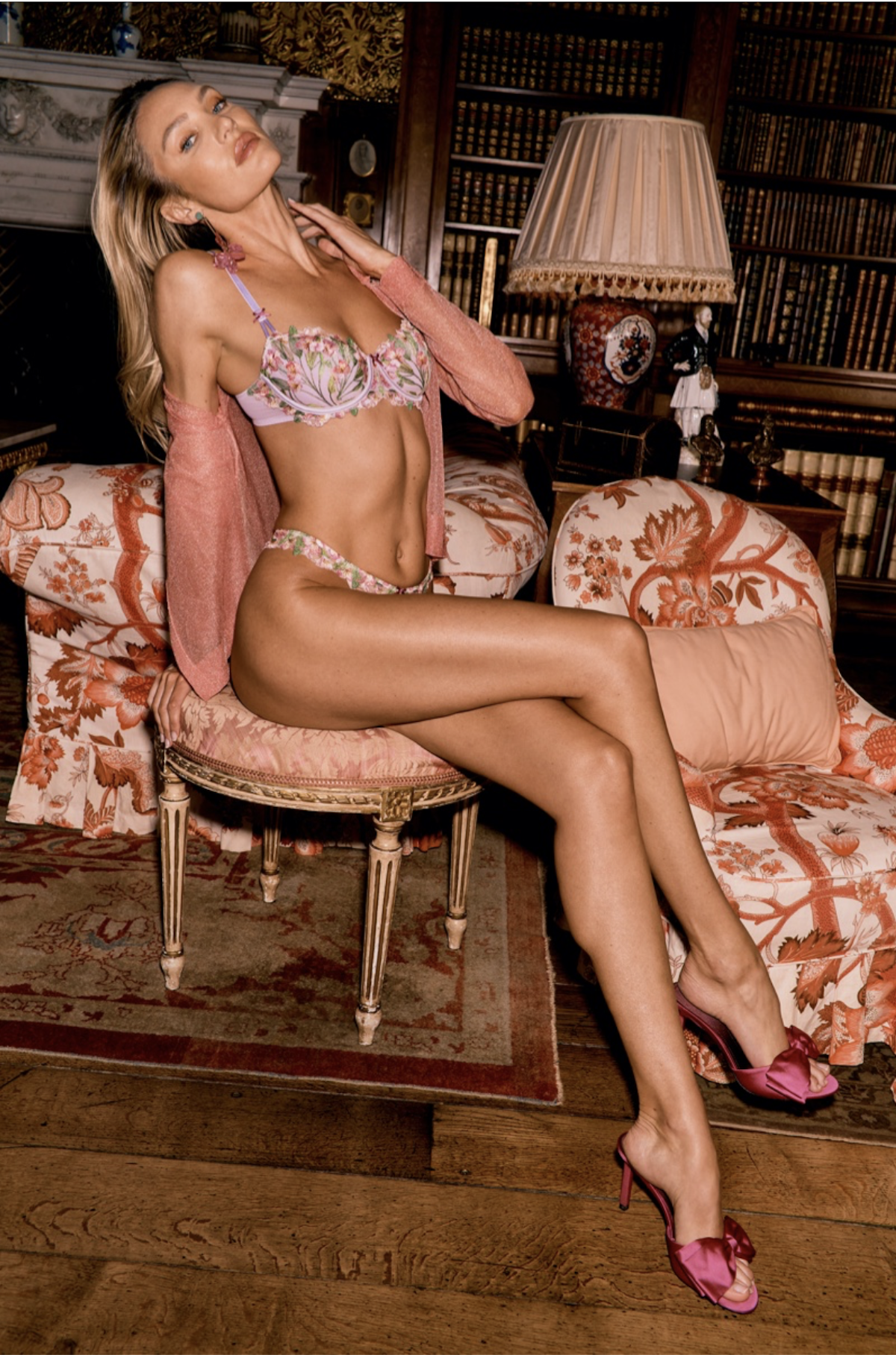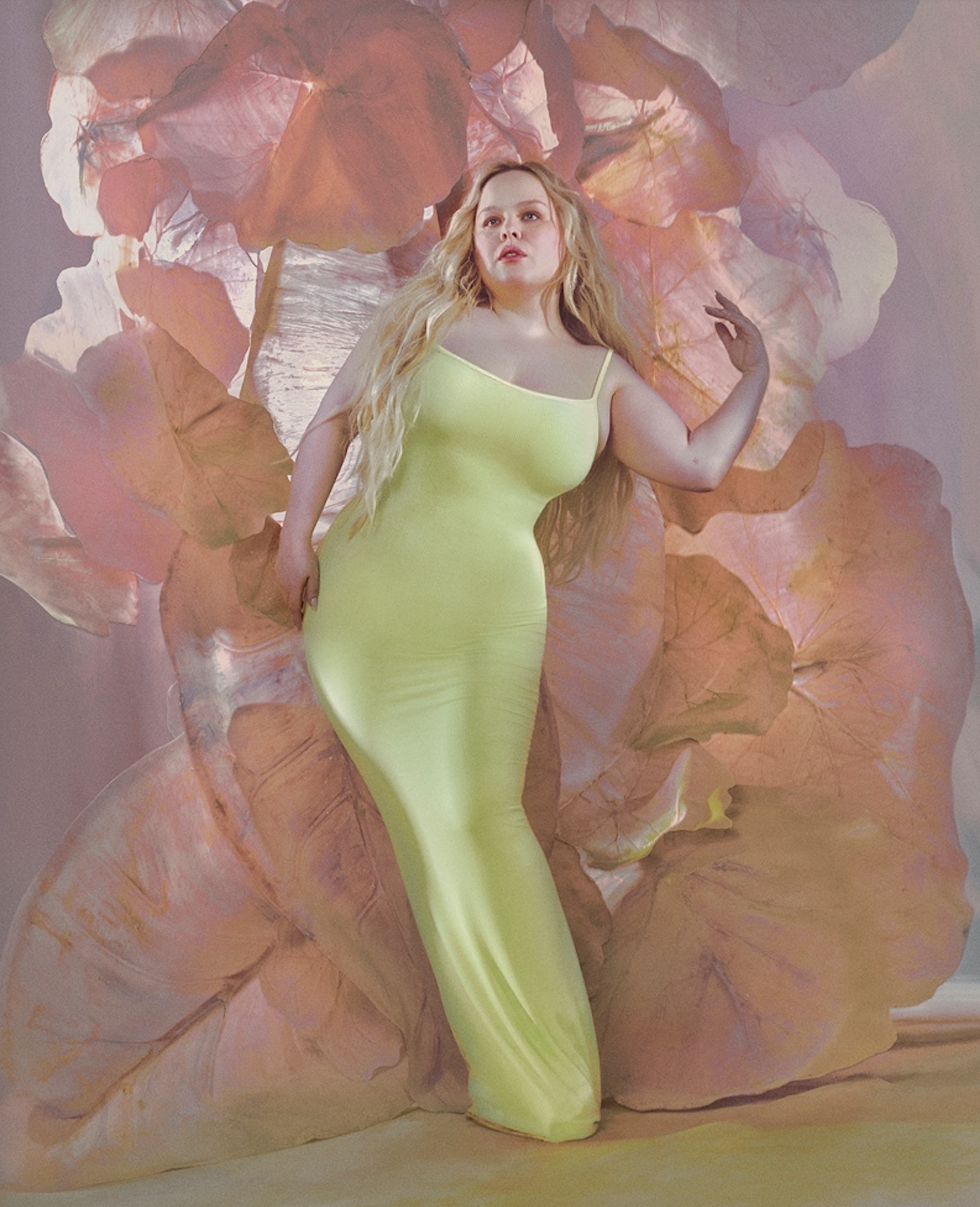Women's Competency & Trustworthiness Tied to Makeup Choices
/ Images via Google image search: makeupMakeup and Judging Females
Images via Google image search: makeupMakeup and Judging Females
Are women perceived as being more competent, attractive, likable and even trustworthy, if we wear makeup? At least in America, the answer appears to be ‘yes’.
A collective group of researchers at Procter & Gamble, Massachusetts General Hospital, Harvard Medical School, Boston University and the Dana-Farber Cancer Institute showed study participants photos of 25 women, aged 25-50. either wearing no makeup or wearing one of three contrasting cosmetic looks — natural, professional or glamorous.
Two groups of study participants looked at the same photos. The first group caught a glimpse for 250 milliseconds. The second group was left to linger over the faces for an unlimited amount of time before rating the women in terms of competence, likability, attractiveness and trustworthiness.
“We found that when faces were shown very quickly, all ratings went up with cosmetics in all different looks,” said Nancy Etcoff, lead author and associate researcher at Massachusetts General Hospital. Etcoff also worked extensively on the Dove global studies on women.
When the study participants had time to review the images more carefully, dramatic makeup was no longer as positive. People saw the dramatic makeup women as equally likeable and much more attractive and competent. In an interesting twist, the dramatic makeup women were perceived as less trustworthy.
Natural Makeup More Trustworthy
 Mac makeupNatural makeup women were perceived to be the most trustworthy.
Mac makeupNatural makeup women were perceived to be the most trustworthy.
The research confirms results that many women don’t want to hear. Especially when perceivers are under a high cognitive load or under time pressure, they are much more likely to rely on automatic judgments for decision-making. The implications for women impact ballots, job applications, web sites and dating sites.
Experts stress that a woman must be comfortable in her own skin.
“This study shows that cosmetics enhance how others perceive your beauty, but there are other ways to feel beautiful,” said Ann Kearney-Cooke, director of the Cincinnati Psychotherapy Institute. “Your warmth, confidence and energy attract others to you. There’s nothing more attractive than a confident woman with a voice of her own, with her own style that comfortable in her own skin.”
We were surprised to discover that in the late eighteenth century, cosmetics were perceived to be so good at deceiving husbands that the English government proposed a law stating that: “All women…that shall from and after this act impose upon, seduce or betray into matrimony any of his Majesty’s subjects by the use of scents, paints, cosmetics, washes, … shall incur the penalty of the law now in force against witch craft and like misdemeanors and that the marriage upon convictions shall stand null and void”
 Image via SINCMarketing Beauty to Women
Image via SINCMarketing Beauty to Women
Do We Buy Cosmetics Because They Are Useful or Because They Make Us Feel Good Science Daily 7/22/2011
University of the Basque Country researchers studying why women buy cosmetics concluded the perceived emotional effect is greater than the utility aspect of a product in the decision to buy.
The sensation of promoting the individual’s wellbeing was ranked as the strongest predictor of consumer desire to buy. The products studied included facial and body creams, with benefits stories: hydrating, nutritive, anti-wrinkle, firming and anti-cellulite.
Some of the main positive emotions aroused by beauty products include “the sensation of wellbeing gained from eliminating or reducing feelings of worry and guilt, which is the factor with the greatest impact,” the author explains.
To increase this positive psychological response requires marketers to create negative feelings among consumers, by pointing out the ‘flaws’ in their current appearances. The ideal product marketing seeks to create perceived wellbeing associated with the product, without promoting negativity.
Sexy Doesn’t Always Sell: When Do Beautiful Models Help? Science Daily 6/16/2011
Looks matter most when an attractive person serves as a cue just before an ad with attractive products, concludes a study from Dutch researchers Hanne van Doorn and Diederik A. Stapel. “When beauty is used as a cue, the attractiveness of the person is likely to have a relatively general impact and affect evaluations of advertised as well as non-advertised products.”
In many situations with beauty ads, consumers believe their self-image has no room for improvement. In these cases, the effectiveness of using attractive models is much more limited.
The Brain & ‘Beautiful’ Art
Beauty Is In the Medial Orbito-Frontal Cortex of the Beholder Science Daily 7/7/2011
New research suggests that perceptions of beauty may be more tied to the beholder rather than the object.
The front of the brain known as the medial orbito-frontal cortex, part of the pleasure and reward centre of the brain, was activated when subjects listened to a piece of music or viewed a picture which they had previously rated as beautiful.
This was the first time that researchers documented the same part of the brain responding to both visual and auditory concepts of perceived beauty. The study authors concluded that beauty does exist as an embedded concept within the brain.
In another interesting result from the study, the caudate nucleus — found near the center of the brain — showed increased brain activity associated with beautiful paintings. The caudate nucleus also is associated with romantic love, suggesting a neural correlate for the relationship between beauty and love.
Professor Zeki adds, “Almost anything can be considered art, but we argue that only creations whose experience correlates with activity in the medial orbito-frontal cortex would fall into the classification of beautiful art.
“A painting by Francis Bacon, for example, may have great artistic merit but may not qualify as beautiful. The same can be said for some of the more ‘difficult’ classical composers — and whilst their compositions may be viewed as more ‘artistic’ than rock music, to someone who finds the latter more rewarding and beautiful, we would expect to see greater activity in the particular brain region when listening to Van Halen than when listening to Wagner.”
The qualifier is to what extent there is consistency among subjects in what they identity as beautiful. Presumably a sample of 21 brain scanned individuals is too small a survey to answer that question.



